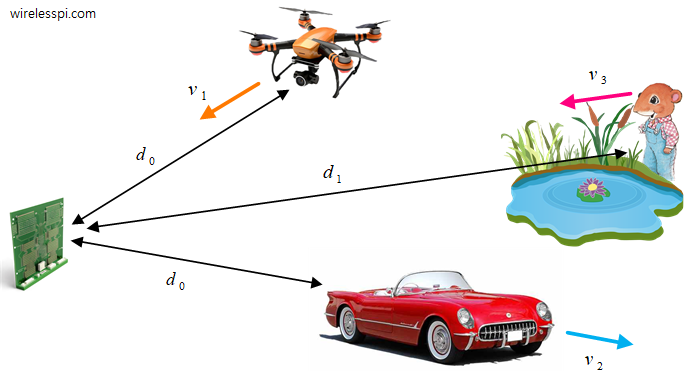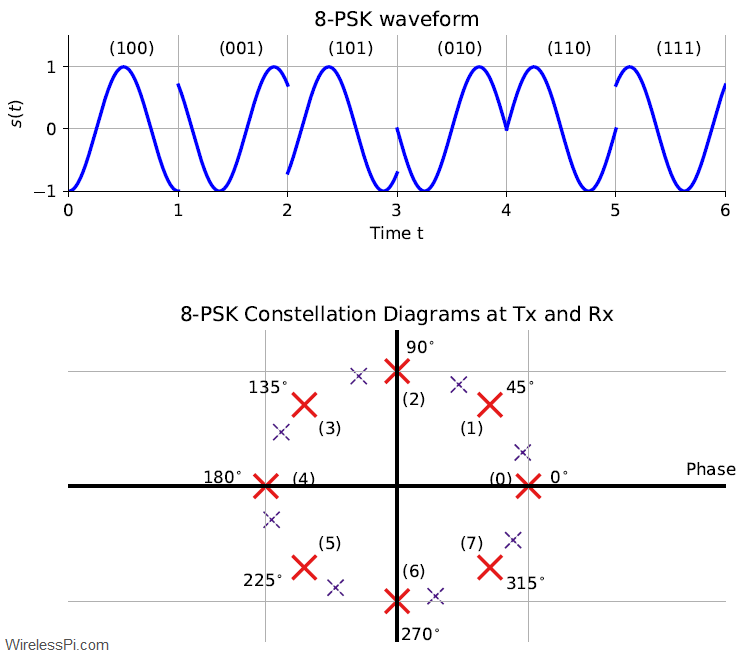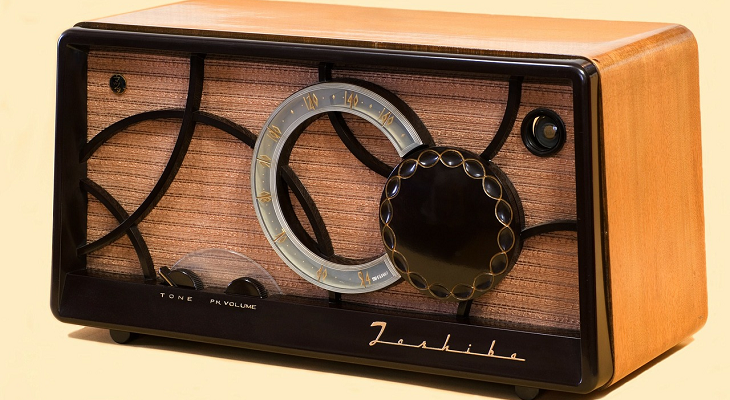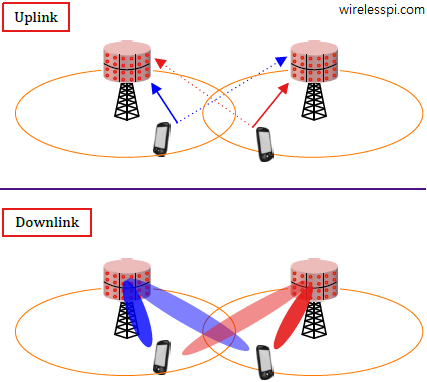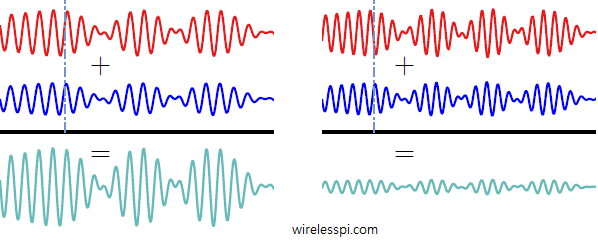In Part 1 of FMCW radar series, we described how a radar estimates the range of one or more stationary targets. In Part 2, we talk about estimating the velocities of several moving targets and their directions through forming a structure known as the radar cube. Part 3 presents system design guidelines for an FMCW radar. In a wonderful 1991 paper "Wireless Digital Communication: A View Based on Three Lessons Learned", Andrew Viterbi summarizes the Shannon theory for digital communications in the form of 3 lessons, the first of which was the following. "Never discard information prematurely that may be
Continue reading